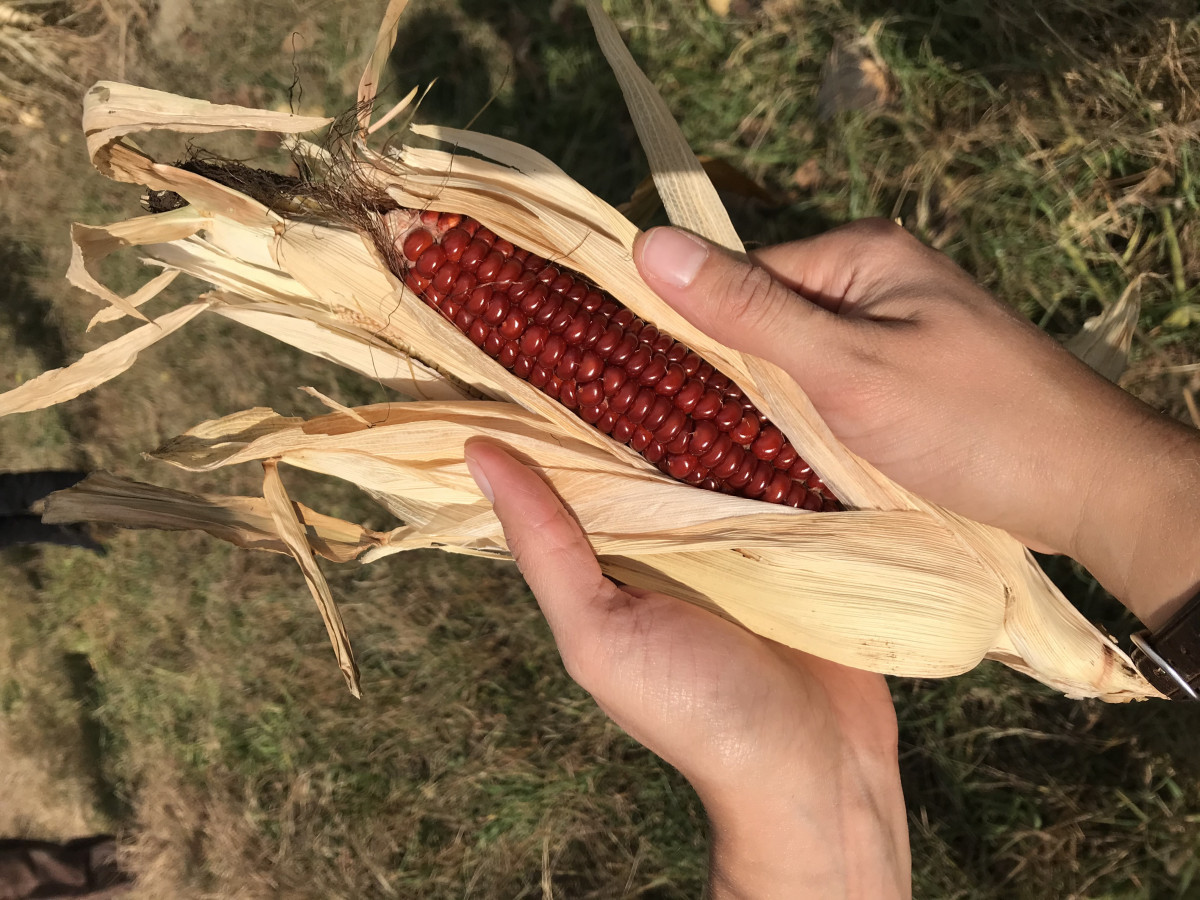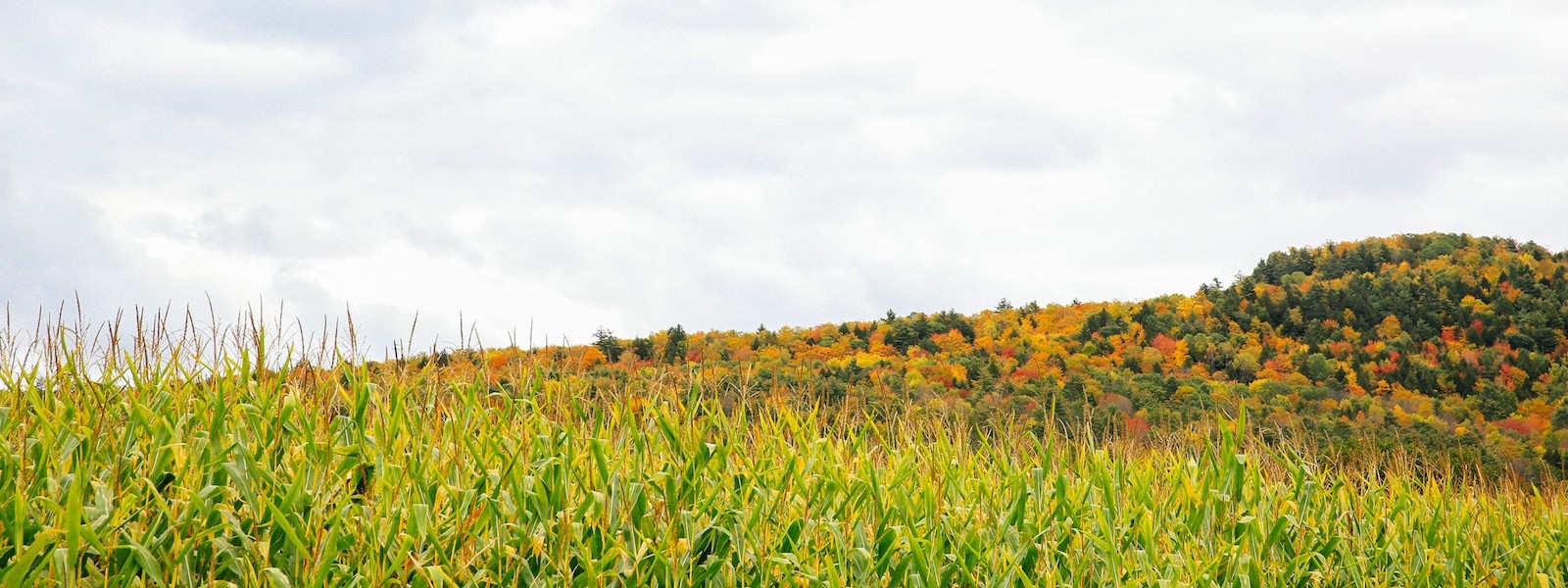A Story of the Three Sisters
For folks with green thumbs, the companion planting trio known as The Three Sisters are no strangers. But this guild of plants has been grown together by indigenous peoples across the Americas, including the Abenaki (on whose land we farm here in the Upper Valley) and the Wampanoag, the indigenous band of people who were present, and continue to live, where first contact by settlers was made. In the rocky, sandy soil of the coast or in the loamy soil of a fertile valley, the Three Sisters are grown together for many reasons, and all with different origin stories of how the sisters came to be.

The original corn sister would not be the typical sweet corn we think of today, but a variety that is harvested and dried in the fall and can be used whole or ground throughout the winter. This sister grows upright to provide a strong structure for the bean sister to climb. Sister bean does her part in anchoring the corn and, in partnership with soil microbes, transforms the nitrogen in our atmosphere into solid nitrogen plant food (this is also called “nitrogen fixing,” and all legumes do it!). Sister squash is a vigorous grower and grows horizontally, where her leaves do the job of shading the soil to retain moisture and deter weeds from growing. Her leaves and stems are spiny to keep pests away, and her bright blossoms encourage pollinators to visit.
The corn, dried beans, and winter squash can all be saved throughout the winter to nourish us on the cold days and remind us of the sun and warmth when those sisters were growing, as they have done for generations before us. To this day, this is a form of companion planting that is used on multiple continents, across cultures.
The three sisters feature heavily into the myth of the first Thanksgiving. As it is told, the Wampanoag welcomed the puritans into their land, showed them how to plant the three sisters, and saved them from starvation. To celebrate the harvest, the two groups feasted shoulder to shoulder. Then the Wampanoag people conveniently “faded away” to allow for the colonization of America…
We know that the truth was much darker and deadlier. We also know that Native Americans are still here, having survived genocide, war, disease, removal, and forced assimilation. If we want to confront the myths of the first Thanksgiving we have to acknowledge that for many Native Americans it is a day of mourning. We also need to acknowledge our country has a long way to go to recognize Native Americans as equal citizens.
We don’t have to be complacent in perpetuating this myth. We can celebrate Thanksgiving in the true meaning of the word: by expressing gratitude for the harvest, the earth, and our families and honoring indigenous knowledge. Let the resources below guide you.
Resources
This Thanksgiving, Make These Native Recipes From Indigenous Chefs
How to Decolonize Your Thanksgiving Dinner
Decolonizing Thanksgiving and Reviving Indigenous Relationships to Food







